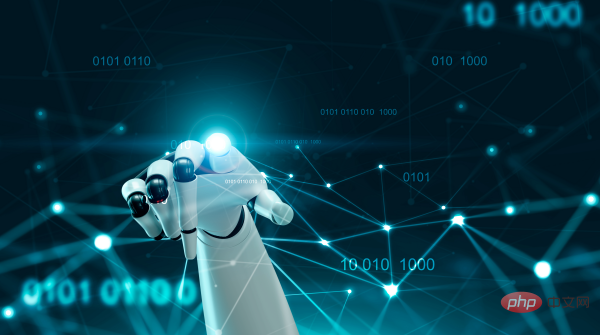
Artificial intelligence is bringing disruptive changes in Industry 4.0 by enhancing connectivity and intelligent automation.

Industry 4.0 is revolutionizing the way companies produce, improve and sell products.
Artificial intelligence (AI) enables machines to learn from experience, adjust to new inputs, and perform human-like tasks.
It allows computers to think and behave like humans, but much faster and with much more processing power than the human brain.
Artificial intelligence offers the advantages of innovative services, with the potential to increase scale, speed and accuracy.
Artificial intelligence can also be classified as weak or strong.
Weak AI refers to a system that is programmed to solve a broad range of problems but operates within a predetermined or predefined range of functions. Strong AI, on the other hand, refers to machines that exhibit human intelligence.
Most examples of artificial intelligence, from computers playing chess to self-driving cars, Relies heavily on deep learning and natural language processing.
The fourth industrial revolution is the current and developing environment of the Internet of Things (IoT), robotics, virtual reality (VR) and artificial intelligence (AI) Disruptive technologies and trends such as these are changing the way modern people live and work. Integrating these technologies into manufacturing practices is known as Industry 4.0.
The first industrial revolution used water and steam power to mechanize production.
The second time was the use of electricity for mass production.
The third time is to use electronic and information technology to automate production.
The Fourth Industrial Revolution is characterized by the convergence of technologies that blur the boundaries between the physical, digital and biological realms. Emerging technologies continue to emerge, such as true artificial intelligence, narrow artificial intelligence/machine learning/deep learning, robotics, automation, materials science, energy storage, Internet of Things, self-driving cars, 3D printing, nanotechnology, biotechnology, neurotechnology , cognitive technologies and quantum computing. It means the complete destruction of everything, industry, jobs, work, technology and the past human condition. In its scale, scope, complexity, and impact, the AI transformation will be unlike anything humanity has experienced before.
Artificial intelligence is enabling companies to make full use of practical experience and even replace traditional labor and become the production factor itself.
It provides a new growth path for manufacturing, services and other industries, reshapes the world economy and brings new opportunities for social development.
Deploying artificial intelligence requires a reboot of the way businesses think about privacy and security. As data becomes the currency of digital life, businesses must ensure the privacy and security of customer information.
Businesses will need to ensure they have the right mix of skills in their workforce to keep pace with changing technology.
The above is the detailed content of Artificial Intelligence in Industry 4.0. For more information, please follow other related articles on the PHP Chinese website!
 Application of artificial intelligence in life
Application of artificial intelligence in life
 What is the basic concept of artificial intelligence
What is the basic concept of artificial intelligence
 What are private clouds?
What are private clouds?
 How to delete a folder in linux
How to delete a folder in linux
 What should I do if my iPad cannot be charged?
What should I do if my iPad cannot be charged?
 Merge cell fill sequence number
Merge cell fill sequence number
 Common HTML tags
Common HTML tags
 What is fil coin?
What is fil coin?
 Property management system software
Property management system software




